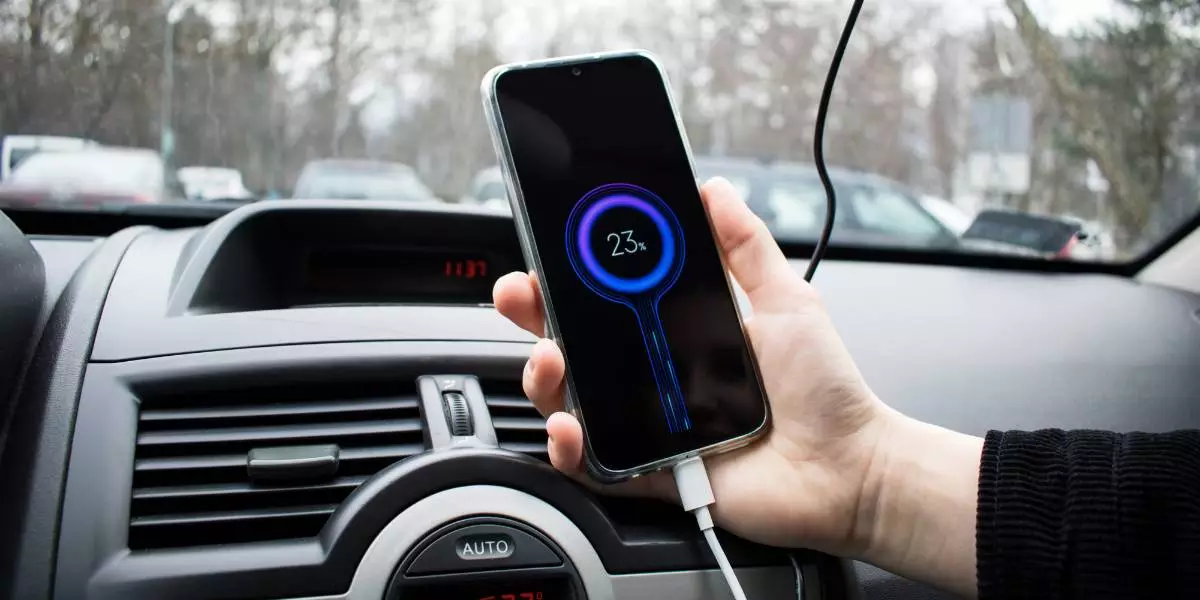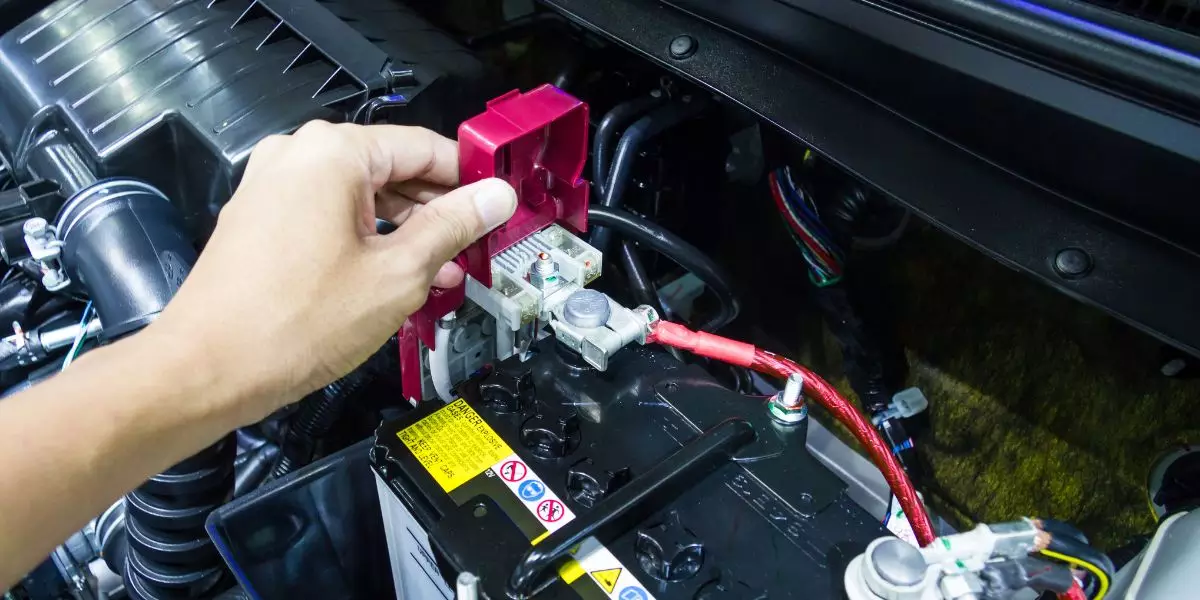Batteries generally fall into two categories: deep cycle and starting batteries. While each type works better for a particular purpose, you might find yourself in a situation where you need to use them interchangeably. So, that begs the question: can you use a deep cycle battery for starting?
Yes, you can use a deep cycle battery for starting. A deep cycle battery will likely get an engine or motor started in an emergency. However, you should not use it as a long-term solution. Deep cycle batteries work by discharging electricity at a steady, long-term pace. However, the strong and sudden electricity draw when starting will wear the battery and lead to early failure.
This guide will help you understand how a deep cycle battery works when used normally and starting. Plus, you’ll even discover a third option you can use: dual-purpose batteries.
Let’s get started.
What Does Deep Cycle Mean In Batteries?
It’s essential to understand the big picture of a deep cycle battery and how it works.
Deep cycle batteries deliver a steady supply of electrical power for extended periods. So, it’s perfectly normal for these batteries to discharge most of the power that it stores inside.
In other words, these batteries work well in applications that will dig deep towards their maximum capacity before being recharged back to full. Plus, these batteries can repeat this charging-discharging cycle countless times over many years before they wear out.
Typically, deep cycle batteries are used to power appliances in a mobile home or on a boat when those vehicles aren’t moving. TVs, radios, and even small refrigerators are the kinds of things that you’d connect to a deep cycle battery to keep running for many hours at a time.
Another everyday use for deep cycle batteries is in solar power systems. During the day, the batteries will charge to their maximum capacity. But when the sun goes down, those batteries will gradually discharge their power overnight until the sun rises again.
Deep Cycle Vs. Starting – What’s The Difference?
Deep cycling and starting are two very different processes. That’s why batteries come in specially designed categories that cater to each.
We’ve already seen the deep cycle process in the previous section above. However, starting or cranking is a very different process that involves the delivery of short but powerful bursts of electrical power.
So, the starting process is the opposite of a deep cycle. It only involves discharging a minor portion of the battery’s maximum capacity to deliver those short but powerful jolts. Then, once the engine or motor has started running, the battery will return to being recharged.
In reality, using a starting battery the same way you would a deep cycle type would wear it out very quickly.
So, what kind of battery works well for this purpose?
Well, you might have already guessed it. Batteries that work well specifically for starting purposes (like starting a car engine) are known as starting batteries. You can find these batteries advertised under several other labels online or in stores as:
- Starter batteries.
- Cranking batteries.
- Starting, Lighting, Ignition (SLI) batteries.
Regardless of what you call them, these are the batteries you want that will perform well when used for starting purposes.
Can You Use A Deep Cycle Battery As A Starting Battery?
Yes, it is technically possible to use a deep cycle battery to start an engine. Or, at least, you can try to. Whether or not you succeed in doing so is a different story.
Remember: to start something like a car engine, you need an intense burst of electricity delivered very quickly. Unfortunately, not all deep cycle batteries can achieve that, so you may end up connecting the battery but failing to start anything.
But let’s assume that you succeeded in starting that engine with a deep cycle battery. In that case, the battery experiences excess wear because it doesn’t handle that kind of discharging well. In other words, it’s not normal for a deep cycle battery to have so much electrical power released at such a quick rate.
So, in the very short term, like during an emergency, it’s possible to use a deep cycle battery as a starting battery. Long-term, however, doing this is a terrible idea.
What If You Need Both Deep Cycling and Cranking?
So, now that we’ve seen the differences between deep cycle and cranking batteries, you might have another essential question in mind. What do you do if your vehicle’s electrical system needs a solution to both functions?
After all, being on an RV or a boat involves cranking and deep cycling, especially if you plan to stop somewhere and use electrical appliances.
Well, you have two options in this scenario:
Option 1: Carry Both Types Of Batteries
The challenge of needing both types of batteries is a very common one. The most widely used solution is to have two kinds of batteries onboard.
For example, you’ll have one cranking battery connected to the engine. Then, a deep cycling battery will be the one powering your appliances and devices onboard.
That configuration is a very straightforward solution to use. Plus, if one battery fails, you can use the other as a short-term emergency backup.
However, on the downside, you’re forced to carry two batteries onboard instead of just one. That means you’ll use up more space that could have been set aside for something else, and you’ll also have the added weight of another battery in your RV or boat.
Option 2: Use A Dual-Purpose Battery
Thankfully, there’s another option you can choose: dual-purpose batteries. The name pretty much says it all: it’s a battery that you can use for both starting and deep cycling purposes.
The design allows it to deliver the strong jolt you need to start an engine and safely discharge at a slower rate over an extended period.
But, of course, nothing comes without its fair share of pros and cons. Sure, a dual-purpose battery means you only have to buy and maintain one battery onboard your vehicle. But, better yet, it uses less space and doesn’t add too much extra weight.
However, dual-purpose batteries don’t handle very deep cycles. Sure, it can discharge much more of its capacity than a standard starting battery, but that doesn’t mean it’ll go as deep as a standalone deep-cycle battery.
Plus, dual-purpose batteries are also less effective at preventing overheating in harsh conditions, unlike their standalone versions.
Lastly, relying on a dual-purpose battery also means you’ll miss out on having an emergency backup. Even though starting and deep-cycle batteries shouldn’t be used interchangeably, it’s nice to know that you have a backup if your starter battery fails.
Dual-purpose batteries are a valid ‘middle’ option if your vehicle needs both starting and deep-cycle batteries. Still, you should weigh the benefits and drawbacks before choosing them over standard cranking and deep-cycle batteries.
Bottom Line: Should You Use Deep Cycle Batteries For Starting?
The bottom line is pretty straightforward: you should not use a deep cycle battery the same way you’d use a starter battery if you can avoid it. Doing so will only wear it out and cost you an early replacement.
However, the only exception to this rule is if your starting battery fails and you need a backup solution. You can use a deep cycle battery to get your engine or motor running again in this kind of situation.




